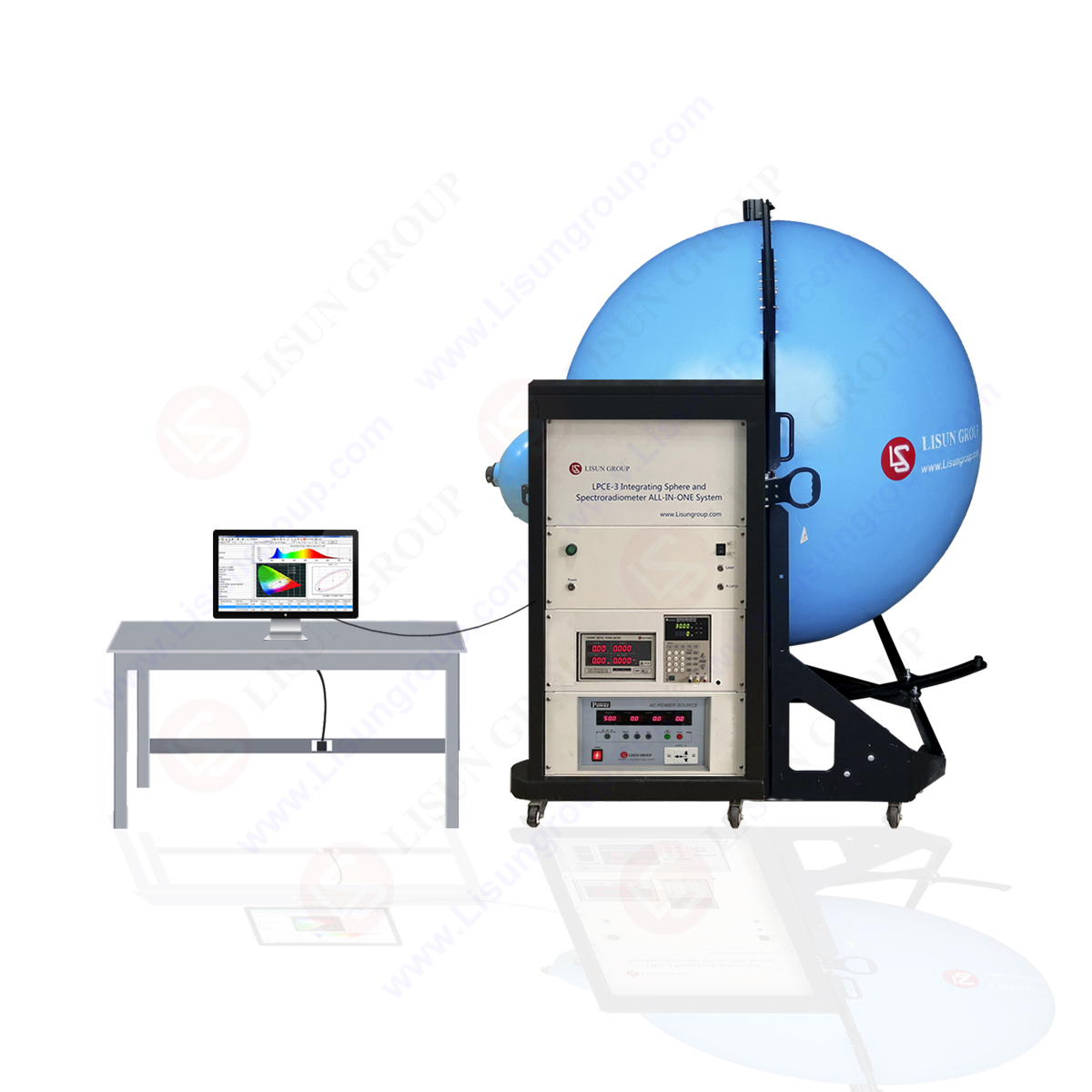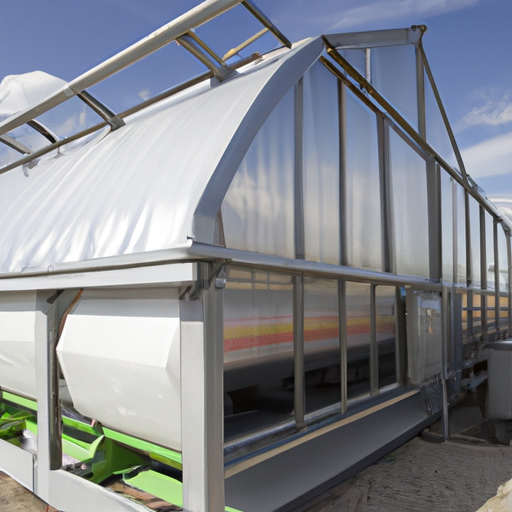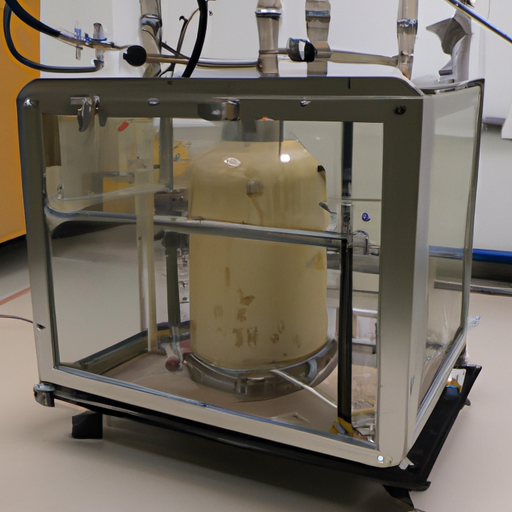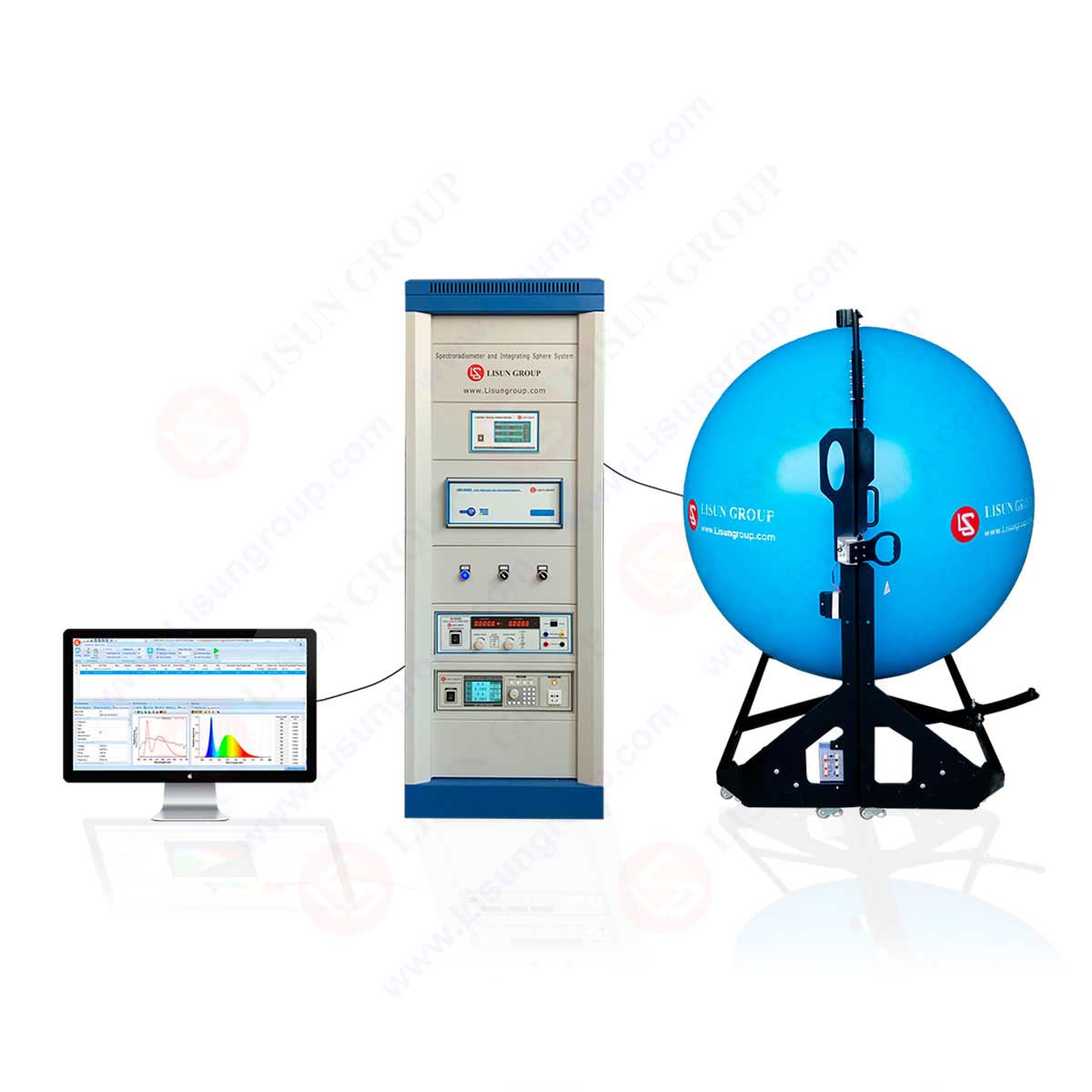Most users are not unfamiliar with the structure of the integrating sphere. It is actually a hollow sphere, but the shell is mostly made of metal, so it is named. In the process of using the integrating sphere, the user can detect the amount of light in combination with its internal through-hole, and exchange and delete the reflectivity and projection rate according to the formula. The following is a detailed understanding of the reflection and projection principle of the integrating sphere.
First, let’s understand how the integrating sphere works. The integrating sphere is a hollow sphere. Its shell is generally made of metal. The inner side of the shell is coated with diffuse reflection material. Two or several light holes are opened on the shell wall. The working principle of the integrating sphere is shown in the figure below. The light emitted from the light source is converted into parallel light after being processed by a condenser lens and an aperture. The light entering the integrating sphere enters the inside of the integrating sphere through the light inlet of the integrating sphere. The light entering the inside of the integrating sphere will be diffused reflected many times inside the integrating sphere and finally emitted uniformly from the light outlet. By detecting the luminous flux of the light outlet, the reflectance, transmittance and other data can be converted according to the formula. For transparent or translucent materials such as glass, porcelain and plastic, mirror reflection, hemispherical reflection, diffuse reflection and transmission will occur when light is irradiated on their surfaces.
Second, transmittance is defined as the ratio of the luminous flux transmitted through the sample to the luminous flux incident on the sample; Reflectivity is defined as the ratio of the reflected luminous flux to the luminous flux incident on the sample; Haze is defined as the ratio of the scattered luminous flux and the transmitted luminous flux of the transmitted sample deviating from the incident direction. The measurement of transmittance is based on the measurement method of transmittance and haze of transparent plastics (GB / T 2410-2008). There are two methods for the measurement of transmittance. One is to use the spectrophotometer, equipped with corresponding integrating sphere accessories. The internal band light source of the spectrophotometer can emit visible light and infrared light, and can test the transmittance of the sample to the light in this band. The other is with the aid of a Hazemeter. The main difference is that the Hazemeter uses a vertical light source.
Finally, the integrating sphere system is generally used to test the reflectance, spectral power distribution, chromaticity, color temperature and other parameters of the light source, as well as the transmittance of transparent plastics. The test of reflectance parameters is not very accurate, and there is no clear national standard method for the reflectance test of glass transparent plastics, optical films and other materials.
Therefore, in the process of using the integrating sphere, it is necessary to have a detailed understanding of its reflection and projection principle, so as to ultimately achieve the effect of twice the result with half the effort. Of course, it is also very important to buy the integral ball. The quality of the integral ball is particularly critical. LISUN launched LPCE-2 Integrating Sphere Spectroradiometer LED Testing System is for single LEDs and LED lighting products light measurement. LED’s quality should be tested by checking its photometric, colorimetric and electrical parameters. According to CIE 177, CIE84, CIE-13.3, IES LM-79-19, Optical-Engineering-49-3-033602, COMMISSION DELEGATED REGULATION (EU) 2019/2015, IESNA LM-63-2, IES-LM-80 and ANSI-C78.377, it recommends to using an array spectroradiometer with an integrating sphere to test SSL products. The LPCE-2 system is applied with LMS-9000C High Precision CCD Spectroradiometer or LMS-9500C Scientific Grade CCD Spectroradiometer, and A molding integrating sphere with holder base. This sphere is more round and the test result is more accruacy than the traditional integrating sphere.
LPCE-3 is a CCD Spectroradiometer Integrating Sphere Compact System for LED Testing. It is suitable for single LED and LED luminaires’ photometric, colorimetric and electrical measurement. The measured data meets the requirements of CIE 177, CIE84, CIE-13.3, COMMISSION DELEGATED REGULATION (EU) 2019/2015, IES LM-79-19, Optical-Engineering-49-3-033602, IESNA LM-63-2, ANSI-C78.377 and GB standards
Lisun Instruments Limited was found by LISUN GROUP in 2003. LISUN quality system has been strictly certified by ISO9001:2015. As a CIE Membership, LISUN products are designed based on CIE, IEC and other international or national standards. All products passed CE certificate and authenticated by the third party lab.
Our main products are Goniophotometer, Integrating Sphere, Spectroradiometer, Surge Generator, ESD Simulator Guns, EMI Receiver, EMC Test Equipment, Electrical Safety Tester, Environmental Chamber, Temperature Chamber, Climate Chamber, Thermal Chamber, Salt Spray Test, Dust Test Chamber, Waterproof Test, RoHS Test (EDXRF), Glow Wire Test and Needle Flame Test.
Please feel free to contact us if you need any support.
Tech Dep: Service@Lisungroup.com, Cell/WhatsApp:+8615317907381
Sales Dep: Sales@Lisungroup.com, Cell/WhatsApp:+8618117273997

 中文简体
中文简体







